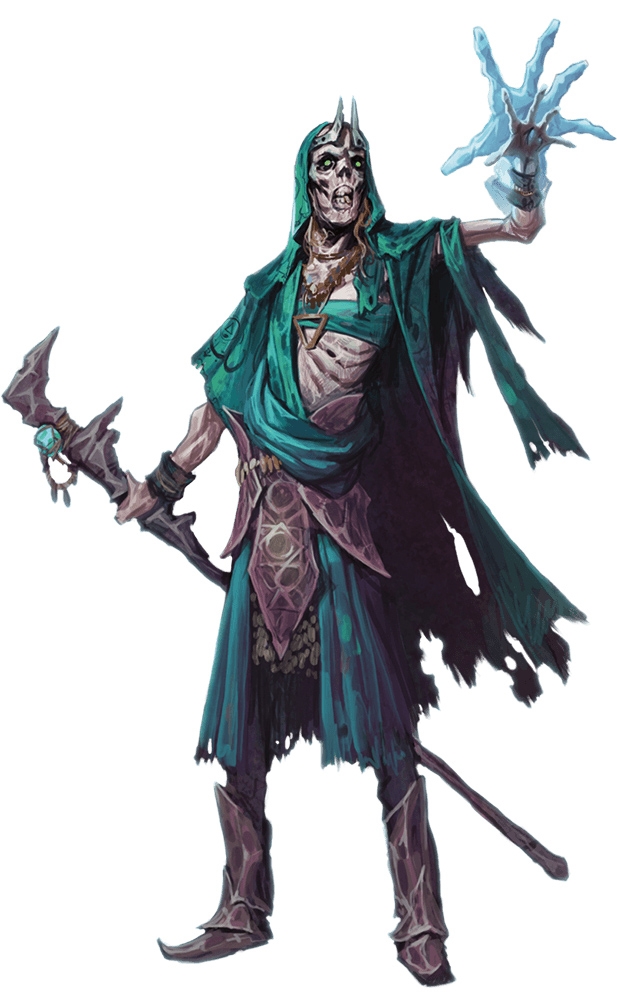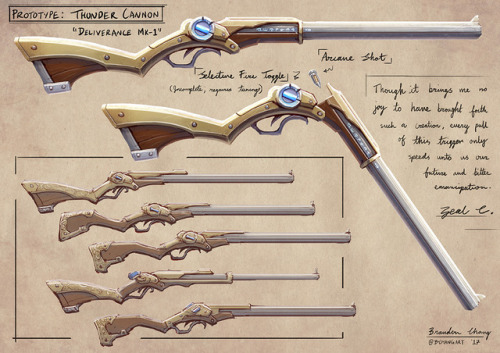

It continued in popularity for a time, but by the late 90s, mismanagement of the company led TSR into bankruptcy.Īfter TSR was bought by Wizards of the Coast (makers of Magic: The Gathering, and now a subsidiary of Hasbro), they published Dungeons & Dragons 3rd Edition in 2000 using the d20 System. In 1989, the group left behind codified the official rules tweaks and unofficial suggestions that had accumulated in the meantime into Advanced Dungeons & Dragons 2nd Edition. In the mid-1980s a corporate power struggle inside TSR caused Gary Gygax to be ousted from the company. Due to Creative Differences between the creators, the original game became split into Basic Dungeons & Dragons aimed at beginning players, and the more complex (and ultimately more popular) Advanced Dungeons & Dragons in 1977. This is a little odd from a reality-modeling standpoint but works beautifully in a mass-combat system where a unit is either alive or dead with no hit points to track.
#Dnd 3.5 mind lock full#
Instead of armor reducing the damage from a successful hit, the armor class in D&D reduces the odds of an injuring blow landing in the first place, as it takes into account the ability to dodge a hit, and assumes armor absorbs weak and glancing hits (but if the blow does land fully, it does full damage). note The miniatures gaming influence can still be seen today, in the Armor Class system. It started as a companion book to a miniature-based tabletop wargame called Chainmail. The history of D&D is more than a little complicated. The game revolves around the now-classic set-up of a Game Master (known in official D&D terms as the Dungeon Master), who controls all the non-player characters and the players, who each control a Player Character and deal with the challenges provided by the Dungeon Master. TSR founder Gary Gygax based the system of the game on TSR's miniatures combat system, Chainmail. Dungeons & Dragons: Chronicles of Mystaraĭungeons & Dragons, shortened to D&D, was first published in 1974 by TSR (Tactical Studies Rules).The Temple of Elemental Evil (video game).

Baldur's Gate: Tales of the Sword Coast.Dungeons & Dragons (1983) (animated series).Dungeons & Dragons: The Book of Vile Darkness.Dungeons & Dragons: Wrath of the Dragon God.Dragonlance: Fifth Age Dramatic Adventure Game.
#Dnd 3.5 mind lock license#
It is our intent to work within this license in good faith. If you see any page that contains SRD material and does not show this license statement, please contact an admin so that this license statement can be added. To distinguish it, these items will have this notice.
#Dnd 3.5 mind lock free#
It is covered by the Open Game License v1.0a, rather than the GNU Free Documentation License 1.3. This is part of the (3.5e) Revised System Reference Document. If you spend 4 additional power points, this power can also affect an aberration, dragon, elemental, or outsider in addition to the creature types mentioned above.īack to Main Page → 3.5e Open Game Content → System Reference Document → Powers Open Game Content ( place problems on the discussion page). If you spend 2 additional power points, this power can also affect an animal, fey, giant, magical beast, or monstrous humanoid.Ģ.

An air-breathing swimmer must make for the surface.Īugment: You can augment this power in one or both of the following ways.ġ. A brain locked subject is not stunned, so attackers get no special advantage against him.Ī brain locked flyer must descend to the closest safe level area below it. He stands dazed, unable to take any psionic actions (including manifesting powers or using psionic feats that require a decision to be used) nor any mental actions at all is dazed and cannot take psionic actions for the duration of the power. The subject’s higher mind is locked away.


 0 kommentar(er)
0 kommentar(er)
